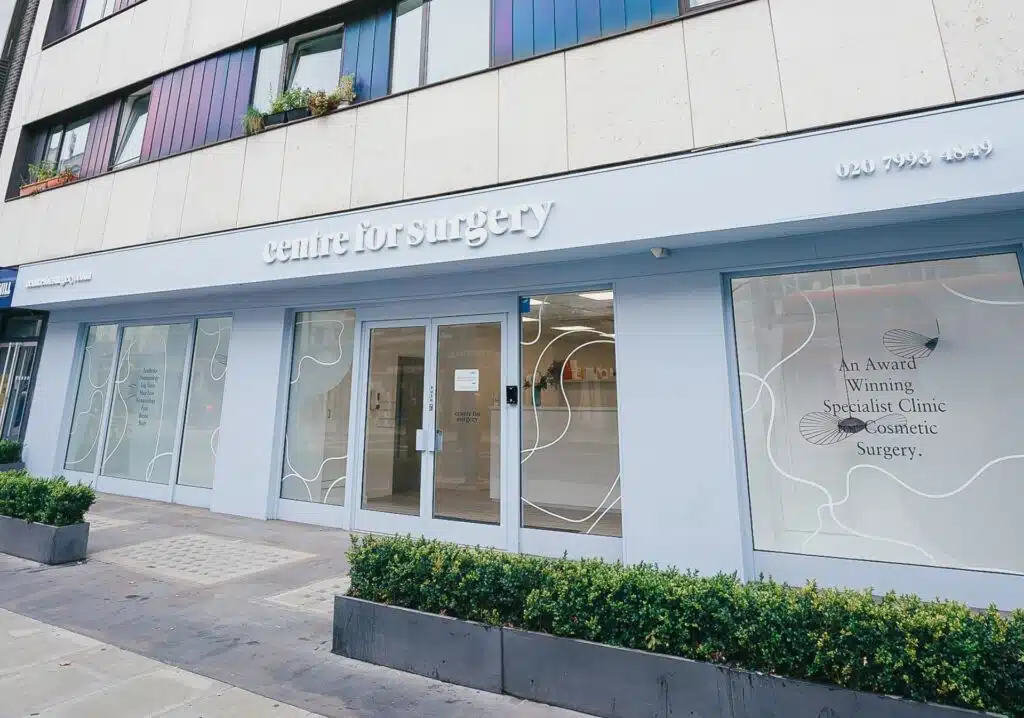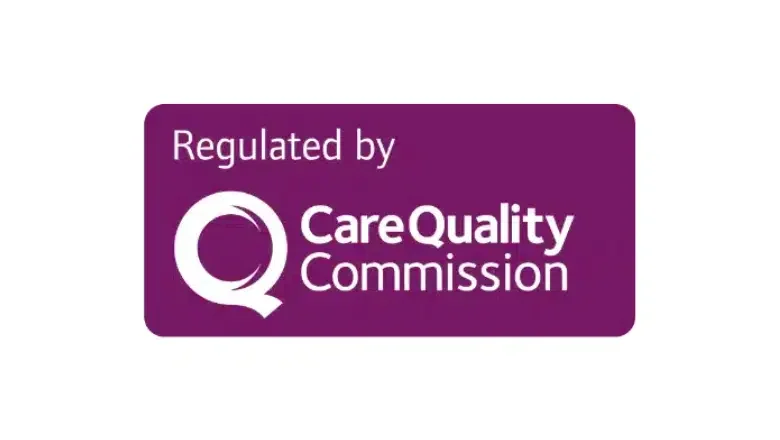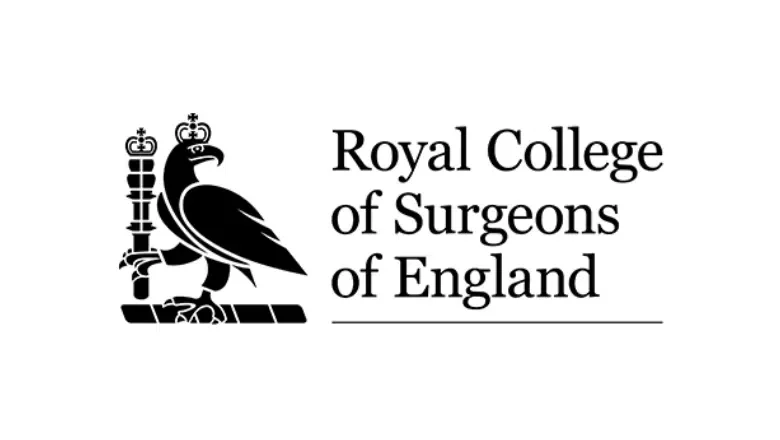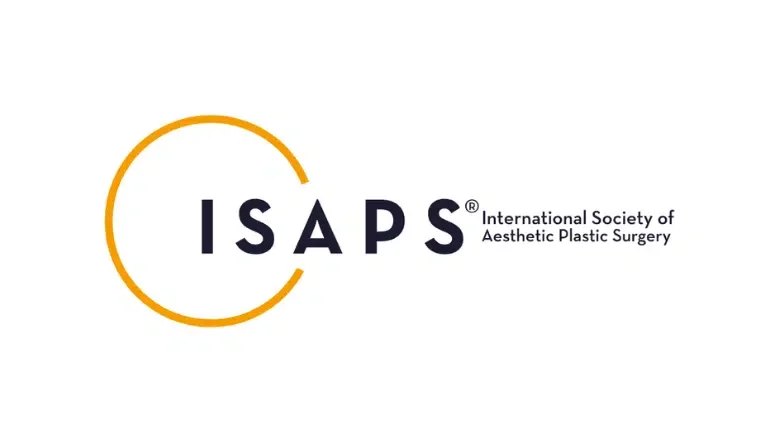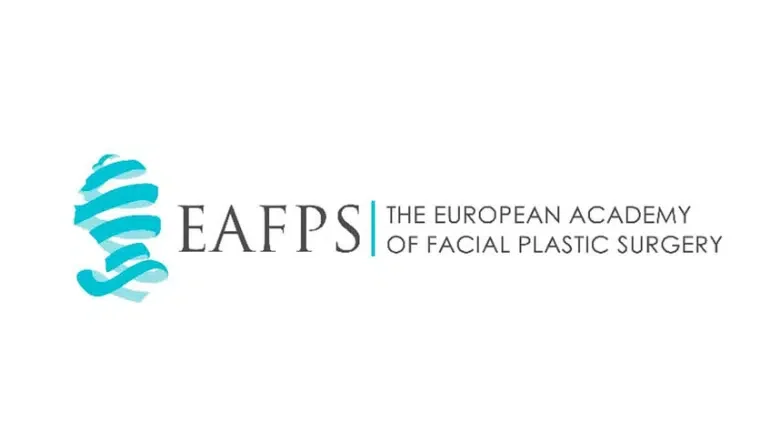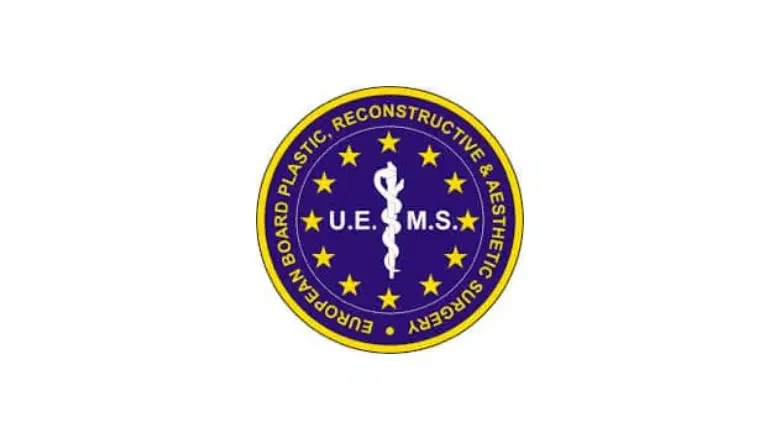If you’re considering having a procedure to reshape your eyelids and lessen the look of droopy skin beneath them, it’s natural to have questions about the recovery. In more technical terms, this procedure is known as a ‘lower blepharoplasty‘ or simply an ‘eyelid lift‘. Its main purpose is to tackle those pesky under-eye bags, lessen the appearance of wrinkles beneath the eyes, and get rid of that puffed-up or saggy look that can come with getting older.
RELATED: What Does Eyelid Surgery Involve?
Here at Centre for Surgery in London, we specialise in various plastic surgery treatments, including upper and lower eyelid lifts. Our experienced surgeons perform these procedures to address some of the most common aesthetic issues people have with their eyes. Moreover, if drooping eyelid skin is causing you vision problems, we can perform the eyelid lift to help alleviate those issues, too.
RELATED: Eyelid Surgery FAQs – Q&A about Blepharoplasty
Recovery After Eyelid Surgery
Every individual’s recovery experience following eyelid surgery or blepharoplasty can be different and influenced by various elements. Factors like age, the specific surgical approach chosen, and overall health history play a significant role. However, some general patterns can give you a rough idea of what to anticipate in the days following your surgery.
RELATED: Recovery After Eyelid Surgery – Healing After Blepharoplasty
First 24 Hours
Immediately after your lower eyelid surgery, you may notice some tenderness around the operated area, possibly accompanied by minor bruising. This sensation of “tightness” post-surgery is entirely normal. If your procedure involved a general anaesthetic, you might find yourself feeling rather drowsy, a bit disoriented, or struggling to recall specific details. It’s all part and parcel of the recovery phase.
For those who’ve undergone surgery solely on the upper eyelids, it’s quite common to be discharged and return home on the same day. However, if you’ve had surgery on the lower lids or both upper and lower lids, you’d typically be asked to remain at the hospital for a few more hours. This allows medical professionals to monitor your initial recovery closely.
On the very first day post-surgery, you won’t be bed-bound. You can get up, use the restroom, or comfortably sit in a chair. The medication regimen post-surgery will be tailored based on the recommendations of your medical team.
For optimal recovery, cold compresses or ice packs should be applied to the operated area during the first 48 hours. This alleviates the sensation of tightness and works wonders in reducing potential post-operative bruising and swelling. It’s a good practice to place these ice packs over your eyes in intervals: 20 minutes on, followed by a 20-minute break.
RELATED: How to Reduce Bruising and Swelling after Eyelid Surgery
Days 2-3
By the second and third days after your lower eyelid surgery, it’s common for patients to observe pronounced swelling and bruising in the operated area. Our surgeons will equip you with eye ointments or drops to help manage any discomfort and expedite the recovery process. During these critical days, it’s wise to avoid any activities that might strain the eyes. This includes indulging in TV shows, spending time on computers, or continuously scrolling on mobile devices.
It’s worth noting that the regular application of the prescribed eye drops or ointment might momentarily blur your vision or induce a feeling of tiredness in the eyes. Rest assured, these symptoms are temporary and should dissipate once you stop using the eye medication. Should any concerns or queries arise about your post-operative vision or the medications you’re on, our medical team stands ready to assist. We’re here to guide, inform, and support you throughout your recuperation journey.
While you might feel up to it, showers and baths require some care at this juncture. While you are free to freshen up, ensuring the surgical site remains dry is essential. While the occasional droplet isn’t a cause for alarm, prolonged moisture or soaking can hinder the healing process. To navigate this, consider adopting these bathing tactics:
- Opt for a bath over a shower.
- Hold off on washing your hair until about 5-7 days post-surgery.
- Seek assistance from a family member or partner to help wash your hair.
- Re-adjust the showerhead to focus the water flow below the neck, around chest height
Days 3-6
Following your lower blepharoplasty, our team of surgeons advises against rigorous activities or heavy lifting for six weeks. The initial week, in particular, calls for avoiding the workplace and not taxing your eyes unnecessarily. That being said, it’s crucial to maintain some form of movement. Gentle activities like leisurely strolls or mild stretches at home can be beneficial in keeping your body agile.
If you find yourself outdoors, consider donning a pair of tinted sunglasses. They shield your recuperating eyelids from potential irritants like direct sunlight, wind, or fluctuating temperatures and prevent eye fatigue.
By the fifth day post-surgery, it’s safe to introduce your eyes to artificial light sources like television or mobile screens. However, moderation is key. If your eyes start to feel overwhelmed, it’s a sign to take a break. Activities requiring prolonged focus, such as binge-watching or reading, may cause your eyes to tire out more quickly. Combat this by resting your eyes intermittently – perhaps with a short nap or by relaxing with some music while keeping your eyes closed. An ice pack applied for 20 minutes can also help soothe any discomfort.
Another point to note is abstaining from alcohol for the initial week following the surgery. Consuming alcohol can hinder the healing process, exacerbating swelling and bruising.
From the third day onwards, you can wash your face, including the sensitive eye area, but be gentle. Refrain from vigorous rubbing and steer clear of fidgeting with any scabs. It’s best to let them fall off naturally. After washing, pat your face dry with a plush facecloth or towel.
The exact day for your stitch removal isn’t set in stone. It hinges on your personal healing trajectory and the specifics of the blepharoplasty procedure you underwent. Typically, stitches are removed between the 5th and 8th day, but your surgeon will provide a clear timeline tailored to your recovery.
During the second week after your lower blepharoplasty, you may feel ready to ease back into your professional routine, mainly if your job isn’t physically demanding. However, a more extended break might be necessary if:
- Your job involves significant physical activity, such as heavy lifting.
- Your professional responsibilities require you to spend most of your day outdoors.
- Your work necessitates prolonged screen time, typical in office or administrative roles.
If you’re uncertain about the duration of medical leave required after your surgery, we can discuss this during your consultation. Our surgeons are more than willing to offer guidance on expected recovery durations and the time you might need away from work to ensure a seamless healing process. If your job offers flexibility, such as working from home, you might find yourself resuming work duties, either partially or fully, sooner than anticipated.
Typically, individuals who have undergone a lower blepharoplasty or a combination of upper and lower blepharoplasty may require a slightly longer recovery period than those who have only had upper eyelid surgery.
Two weeks post-surgery, you should be in a position to resume using facial products, including makeup, provided there are no signs of skin irritation and your stitches have been removed without complications.
Weeks 3-6
The healing journey after lower blepharoplasty can vary widely among patients. While some individuals might feel recuperated entirely by the end of the fourth week, others might need up to six weeks to feel that their eyes have returned to their usual state. A steady diminishment of post-operative swelling and bruising also marks this span.
Generally, after 2-4 weeks, any signs of the recent surgery become inconspicuous to onlookers, making it nearly impossible for others to deduce that you’ve undergone a procedure unless you share this information.
From Week 6
Six weeks after surgery, many patients find themselves ready to embrace more vigorous activities, be it hitting the gym, taking up running, or engaging in weight lifting. However, it’s essential to listen to your body. If you still feel any discomfort or haven’t fully shaken off the post-op tiredness, it might be wise to allow yourself an additional week or so before diving back into intensive workouts.
RELATED: Exercise After Eyelid Surgery
Even though most patients feel nearly fully restored by the end of the sixth week, the scars’ healing journey might be ongoing. This process, known as scar maturation, involves the body gradually refining and adjusting the scar tissue. As this happens, you’ll notice the scar’s hue turning subtler and its appearance becoming less prominent, flatter, and reduced in size. This scar transformation can span across a year or even longer, as the body meticulously remodels the affected area.
Frequently Asked Questions on Recovering from Lower Eyelid Surgery
How can I make my recovery process smoother and more comfortable?
While any surgical procedure carries a slight risk of complications, there are numerous ways you can pave the way for a smoother recovery after a blepharoplasty. To prepare yourself for the surgery and aid your post-surgery healing, consider the following steps:
- Keep yourself in a healthy weight bracket for at least half a year before the surgery.
- Engage in regular physical activity leading up to the procedure.
- Adopt a balanced, nourishing diet.
- Give up smoking a minimum of six weeks before the surgery date.
- After surgery, focus on maintaining a nutritious diet, steer clear of alcohol, ensure regular sleep patterns, attend all scheduled appointments at our Baker Street clinic, and hydrate adequately.
A well-rested and nourished body, combined with a healthy weight, generally responds better to surgical procedures and heals faster.
RELATED: Botched Eyelid Surgery – How To Avoid Blepharoplasty Complications
Does the choice of anaesthesia affect my recovery time?
Anaesthesia plays a crucial role in ensuring your comfort during the blepharoplasty. Often, surgeries on the lower eyelid necessitate a general anaesthetic. The kind of anaesthetic chosen hinges on the surgeon’s advice, your health history, personal preferences, and the specific nature of the eyelid operation. Usually, after undergoing general anaesthesia, it might take a bit longer for patients to feel fully alert and their usual selves due to temporary side effects like grogginess and mild confusion. However, the overall recovery duration remains consistent, regardless of the anaesthesia type.
Is it safe to wear contact lenses during my recovery?
It’s advised against wearing contact lenses right after the surgical procedure. Typically, it’s best to wait around three weeks post-surgery before wearing them again. If you’re a regular contact lens user, your surgeon will provide more precise guidance during your initial consultation.
Will the scars from my eyelid surgery be noticeable?
Right after the procedure, the surgical incisions might be evident because of factors like bruising, swelling, and stitches. However, most patients find that, as they heal, their blepharoplasty scars become nearly invisible. The procedure involves making finely calibrated incisions that follow the eyelids’ natural contours. As a result, once stitches are removed, the resulting scars are very subtle and seamlessly blend in, ensuring a naturally rejuvenated appearance.
RELATED: What Do Blepharoplasty Scars Look Like?
Why Choose Centre for Surgery for Lower Blepharoplasty?
Centre for Surgery in London stands out as a leading specialist in plastic surgery, offering exceptional patient care, advanced surgical techniques, and a dedicated team of professionals.
1. Exceptional Patient Care and Support: Our experienced medical team understands the intricacies of lower blepharoplasty and provides a comprehensive approach, from consultation to post-surgery care. Every patient receives personalised attention, ensuring their comfort and safety throughout the procedure.
2. Advanced Surgical Techniques: At Centre for Surgery, we pride ourselves on staying abreast of the latest advancements in plastic surgery. Our state-of-the-art facilities and our surgeons’ expertise ensure optimal results for every patient.
3. Comprehensive Finance Options: Finishing a surgical procedure can be daunting. That’s why we’ve partnered with Chrysalis Finance, offering 0% APR options to make your dream procedure more accessible. Discover our finance options here.
4. Informative Resources: Keen to learn more about plastic surgery? Dive deep into our plastic surgery blog and clinic FAQs for a wealth of information, helping you make informed decisions.
5. Conveniently Located: Our Baker Street clinic offers a serene and comfortable environment for your consultations and post-operative check-ups.
Patient Testimonials:
“From my first consultation to the surgery and aftercare, Centre for Surgery has been nothing short of outstanding. The results exceeded my expectations.” – Lorraine
“I was nervous about the procedure, but the team at Centre for Surgery made me feel at ease. The recovery process was smooth, and the results are fantastic!” – Daniel
“Choosing Centre for Surgery was the best decision I made. The staff were kind, the procedure went perfectly, and I couldn’t be happier with the outcome.” – Simone
Ready to begin your transformative journey?
Book a consultation with our expert team and discover the possibilities.
📞 Phone: 0207 993 4849
📧 Email: contact@centreforsurgery.com
📍 Address: 95-97 Baker Street, London W1U 6RN
For a deeper understanding of what makes Centre for Surgery unparalleled in the field, explore our ‘About Us’ page.


